Transforming production models
In Can Tho City, agricultural production faces many difficulties due to the impact of climate change such as saltwater intrusion, drought, lack of fresh water... Currently, the city has about 62,000 hectares/19 communes of saline land concentrated in Hoa Tu, Gia Hoa, Nhu Gia, Long Phu, Dai Ngai, Tran De, Thanh Thoi An, Tai Van, Lieu Tu, Lich Hoi Thuong, Vinh Phuoc, Vinh Chau and Khanh Hoa communes. In particular, the city's Department of Agriculture has supported localities in applying climate change adaptation production models with more than 40,000 hectares of rice (in Long Phu, Dai Ngai, Tran De, Thanh Thoi An, Tai Van, Lieu Tu, Lich Hoi Thuong communes); 8,000 hectares of rice-shrimp farming (in Hoa Tu, Gia Hoa, Nhu Gia communes); 8,000 hectares of concentrated purple onion cultivation (in Vinh Phuoc, Vinh Chau and Khanh Hoa communes); about 6,000 hectares of concentrated fruit trees (in An Thanh, Cu Lao Dung, Nhon My, Thoi An Hoi, Ke Sach, Dai Ngai, Truong Khanh, Tan Thanh communes...).
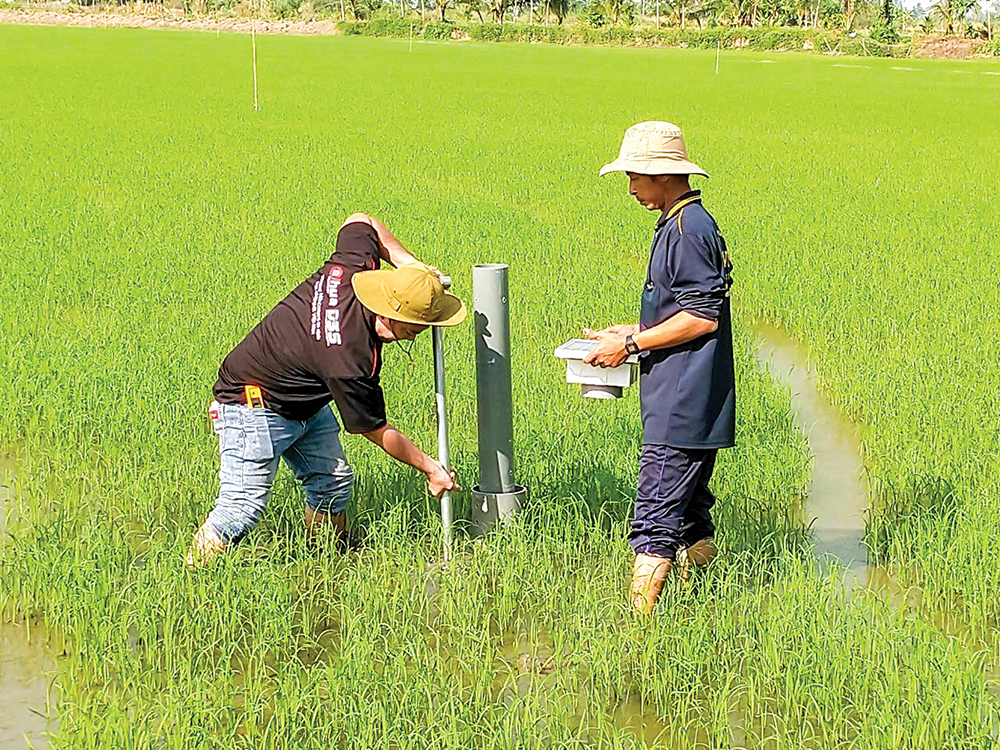
Rice production model applying digital technology , saving water developed in Can Tho city.
The city's Department of Agriculture has implemented decisions on the plan to convert the structure of crops and livestock on rice-growing land in 2025 and has converted 1,131 hectares, of which 765 hectares have been converted to annual crops and 366 hectares have been converted to perennial crops. The Department of Agriculture continues to guide localities in converting the structure of crops and livestock on rice-growing land to ensure the correct order and procedures according to regulations. Propagating and mobilizing farmers to increase the application of scientific and technical advances in production; replicating new and effective models such as "3 reductions, 3 increases", "1 must, 5 reductions", SRP, applying ecological technology in integrated pest management, etc.
According to the Department of Agriculture and Environment of Can Tho City, agricultural, forestry and fishery production in the whole city has achieved positive results since the beginning of the year. In the first 8 months of 2025, the city's total agricultural, forestry and fishery products increased by 2.8% and contributed 0.6 percentage points to the overall growth of the city's economy. It is expected that by the end of 2025, the growth rate of the crop production sector will reach 3.53%, contributing to the completion of the economic growth target of Can Tho City this year.
Mr. Nguyen Quoc Manh, Deputy Director of the Department of Crop Production and Plant Protection (DPP) - Ministry of Agriculture and Environment, commented: “When participating in the conversion of crop structure on inefficient rice production land, farmers are guided on production processes, soil treatment and application of technical advances in production. From there, farmers will accumulate a lot of experience and be sensitive in receiving and applying technical advances; production in the direction of food safety and hygiene, contributing to improving quality, reputation, developing the market and bringing high profits to producers”.
According to the Department of Plant Protection, by 2025, the total area converted from ineffective rice-growing land to other crops, rice-growing combined with aquaculture in the entire Mekong Delta region is estimated to be 38,200 hectares.
Need a synchronous solution
According to the Department of Plant Protection and Development, the conversion of crops in the Mekong Delta region still has many limitations. Specifically, the conversion of crops is still spontaneous and not linked to the general plan; some crops when converted have poor competitive advantages, and product output is not stable due to small-scale production; conversion of crops on rice land still lacks linkage with enterprises that consume products, and does not ensure sustainability; policies to encourage conversion of crops on rice land have not been strongly implemented; infrastructure mainly serving the conversion has not met the requirements, with low efficiency; investment capital for conversion from rice land to other crops has not met the requirements...
Mr. Nguyen Quoc Manh said that, from the above difficulties, localities need to review the area of each crop according to ecological sub-regions. Areas that are likely to suffer from drought and lack of irrigation water need to convert to dry crops or shift the planting season to avoid damage due to lack of fresh water and saltwater intrusion; areas with irrigation water when converting vegetables, focus on investing in intensive cultivation of high-efficiency crops such as hybrid corn, vegetables, beans of all kinds... On converted rice land, it is necessary to plan and arrange concentrated planting of the same crop group to easily regulate water resources. In particular, measures for cultivating vegetables depend on soil conditions, seasons, irrigation systems, and crop objects to determine appropriate intensive technical measures to be highly effective. On land specializing in vegetables, it is necessary to pay attention to seasonal crop rotation measures, design a reasonable irrigation system and apply balanced fertilizers. On land converting rice cultivation to growing vegetables, it is necessary to pay attention to the internal irrigation system, absolutely not allowing local flooding; Balanced fertilization, do not use excess nitrogen fertilizer to increase pests and low productivity...
The Plant Protection Department also encourages localities to continue to flexibly use rice-growing land; carry out the conversion of crop and livestock structures on rice-growing land, especially inefficient rice-growing land areas, to produce other crops and livestock with higher economic value, linked with product consumption to both improve land use efficiency and ensure food security; at the same time, ensure compliance with principles and regulations on conversion of crop and livestock structures on rice-growing land according to Decree No. 112/2024/ND-CP of the Government.
Mr. Nguyen Quoc Manh emphasized: “In the coming time, localities in the Mekong Delta need to review and develop production plans to ensure acreage, prevent damage caused by drought and saltwater intrusion at the end of the crop, especially in the winter-spring crop of 2025-2026; develop specific plans to prevent drought and saltwater intrusion to protect crops. Review the supply resources of seeds, fertilizers, and pesticides to ensure quality, meet the needs of farmers and strengthen inspection, supervision, and strictly handle cases of trading in counterfeit and poor-quality goods. Arrange local budget sources to serve production when natural disasters such as rain, floods, droughts, and saltwater intrusion occur.”
The Department of Plant Protection recommends some effective conversion crops on rice-growing land in the coming time:
- Converting from rice cultivation to growing vegetables, short-term industrial crops (cucumbers, squash, beans, corn, green manure plants, animal feed plants, etc.) or flowers and ornamental plants (suburban areas) for low-yield rice growing areas lacking irrigation water.
- Converting from rice cultivation to rice cultivation combined with aquaculture (rice - shrimp, rice - fish) in coastal brackish and saline land; rice - lotus - fish in acid sulfate land; rice in the rainy season and aquaculture in the flood season in deep, low-lying areas...
- Convert the remaining rice fields to industrial crops and fruit trees (mango, durian, grapefruit, coconut, pineapple, banana...) appropriately, ensuring compliance with planning and maximizing local advantages...
Article and photos: HA VAN
Source: https://baocantho.com.vn/chuyen-doi-co-cau-cay-trong-phat-trien-nong-nghiep-ben-vung-a192020.html




![[Photo] Next to the "mountain of trash" after the flood, Tuy Hoa residents strive to rebuild their lives](/_next/image?url=https%3A%2F%2Fvphoto.vietnam.vn%2Fthumb%2F1200x675%2Fvietnam%2Fresource%2FIMAGE%2F2025%2F11%2F24%2F1763951389752_image-1-jpg.webp&w=3840&q=75)



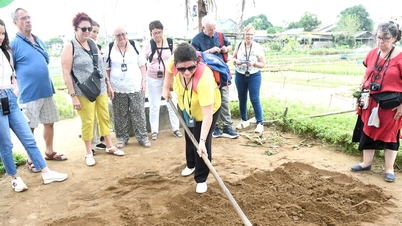

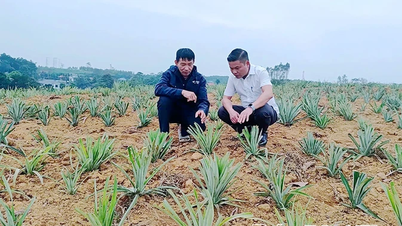





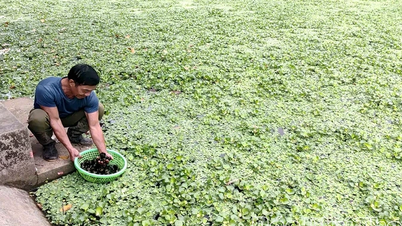
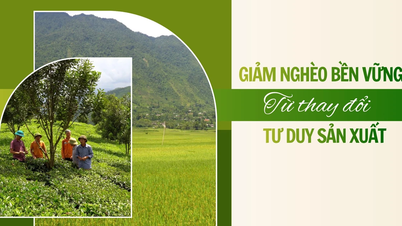
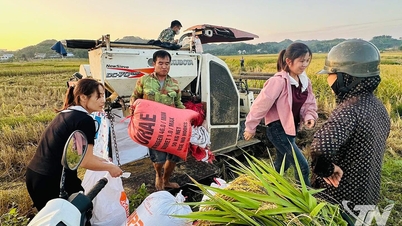

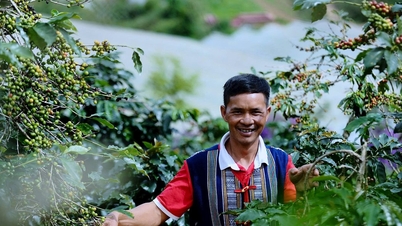

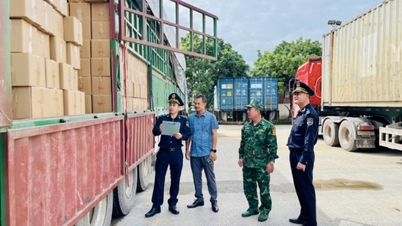

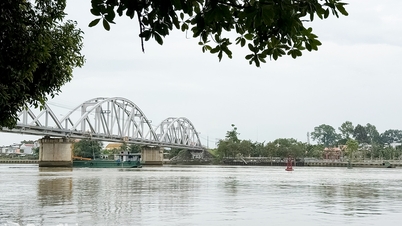

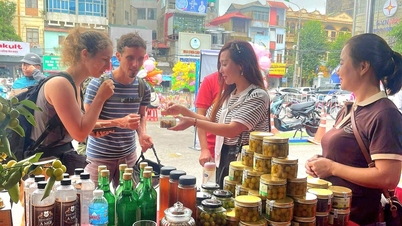






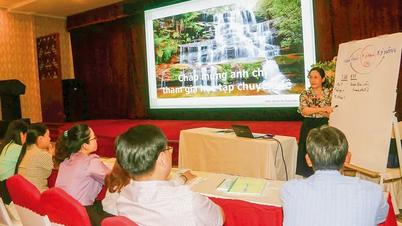

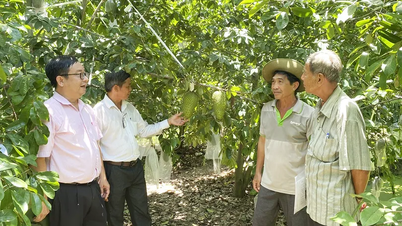
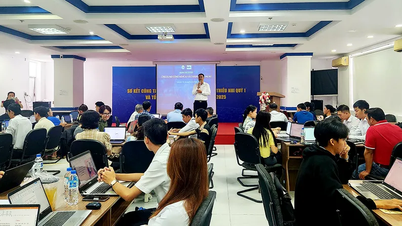
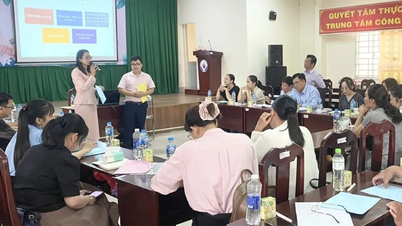
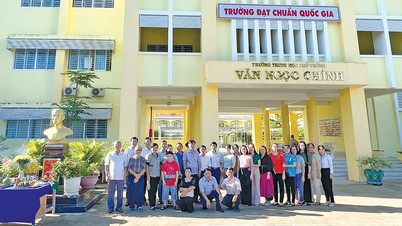

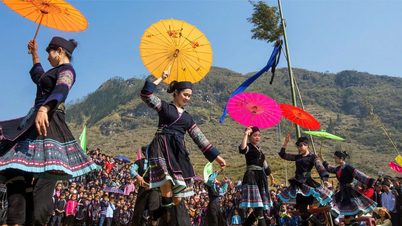



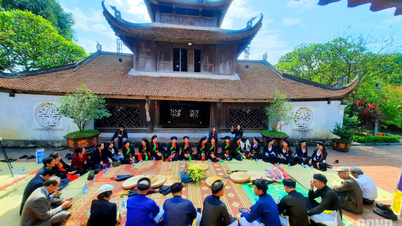

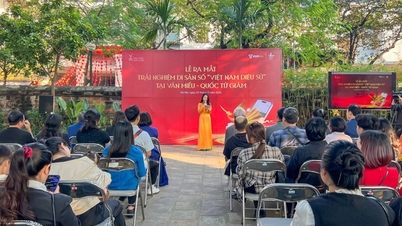

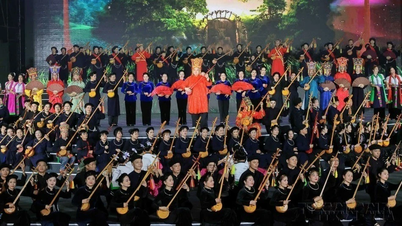
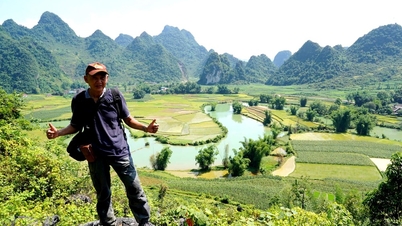

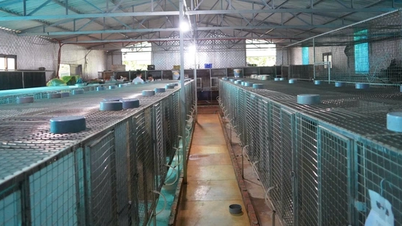

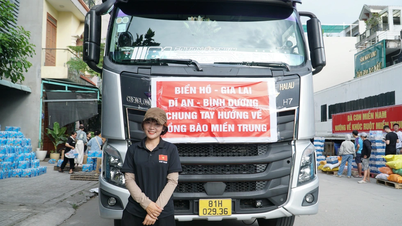


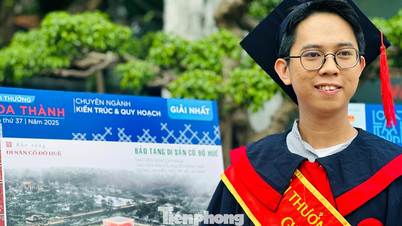

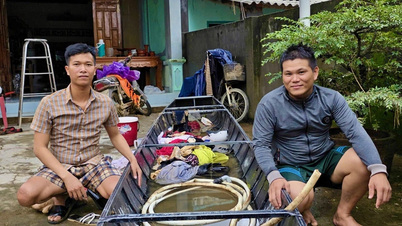

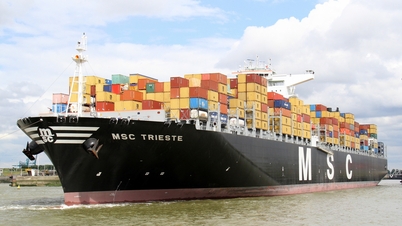


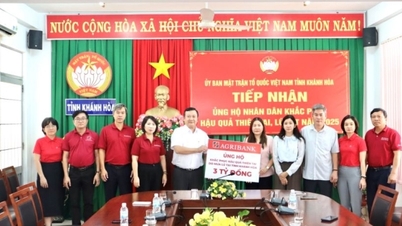

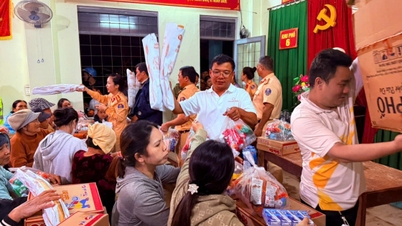

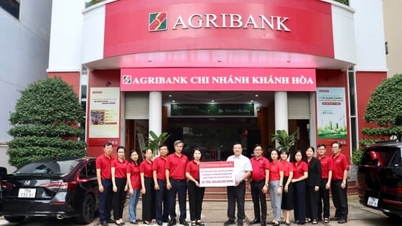
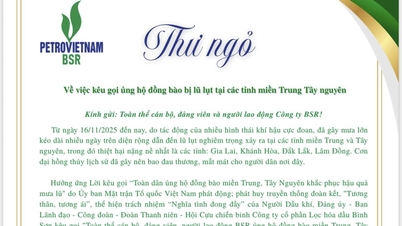
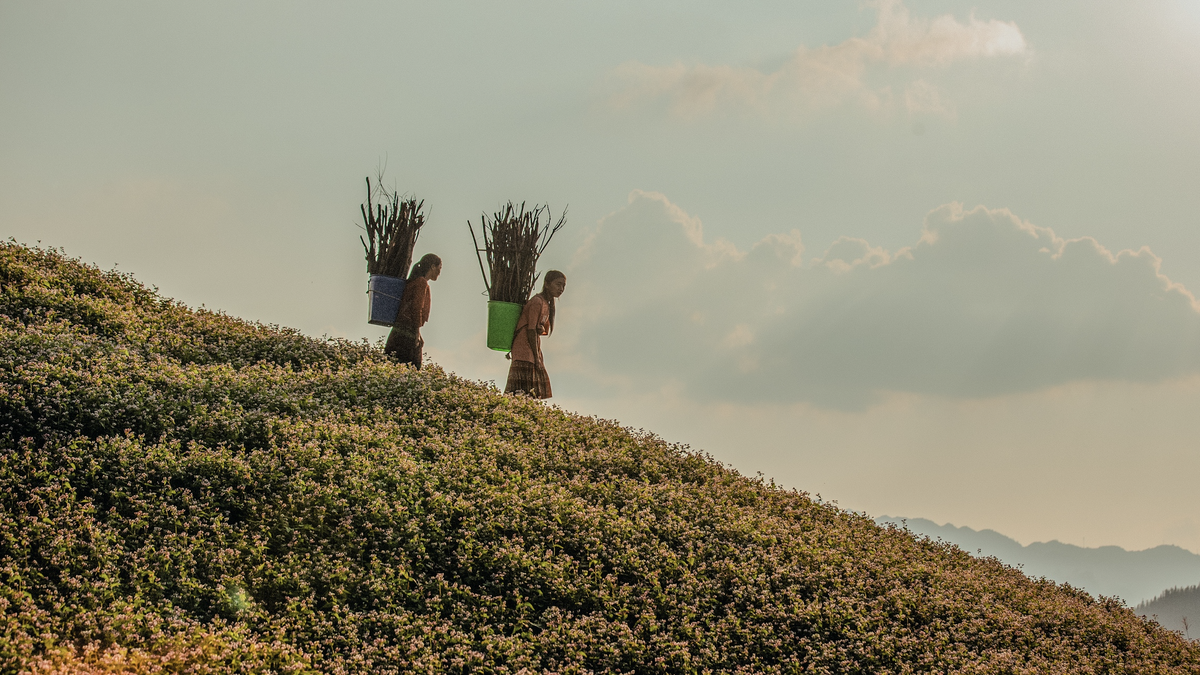

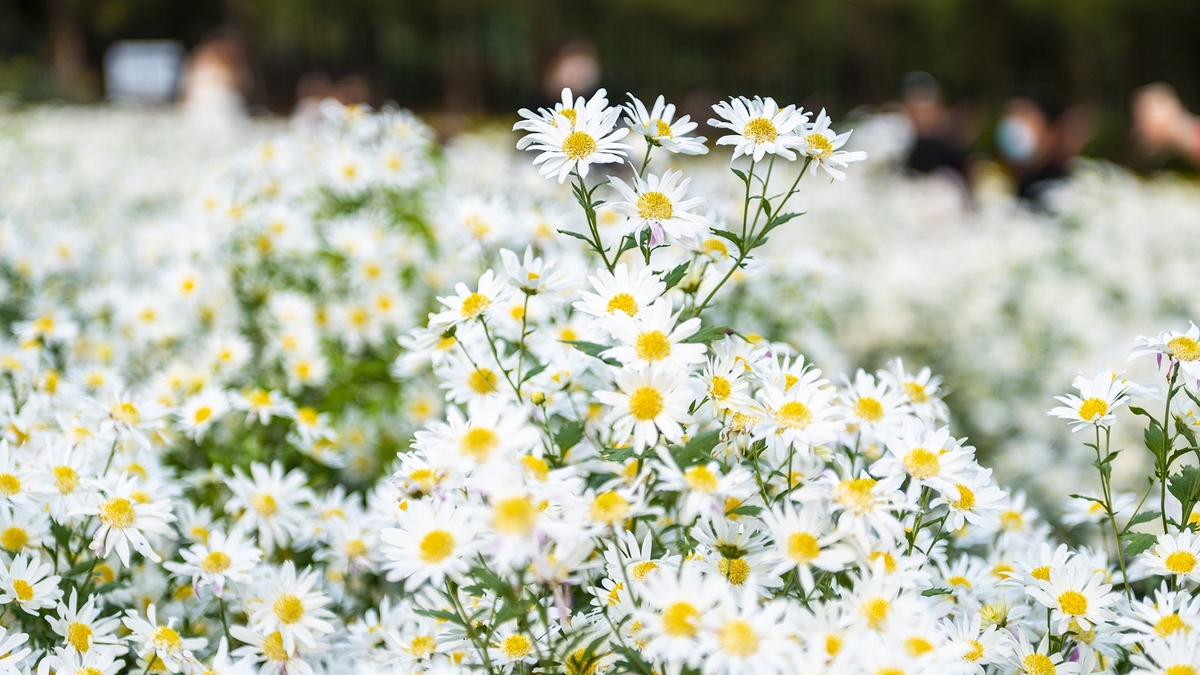


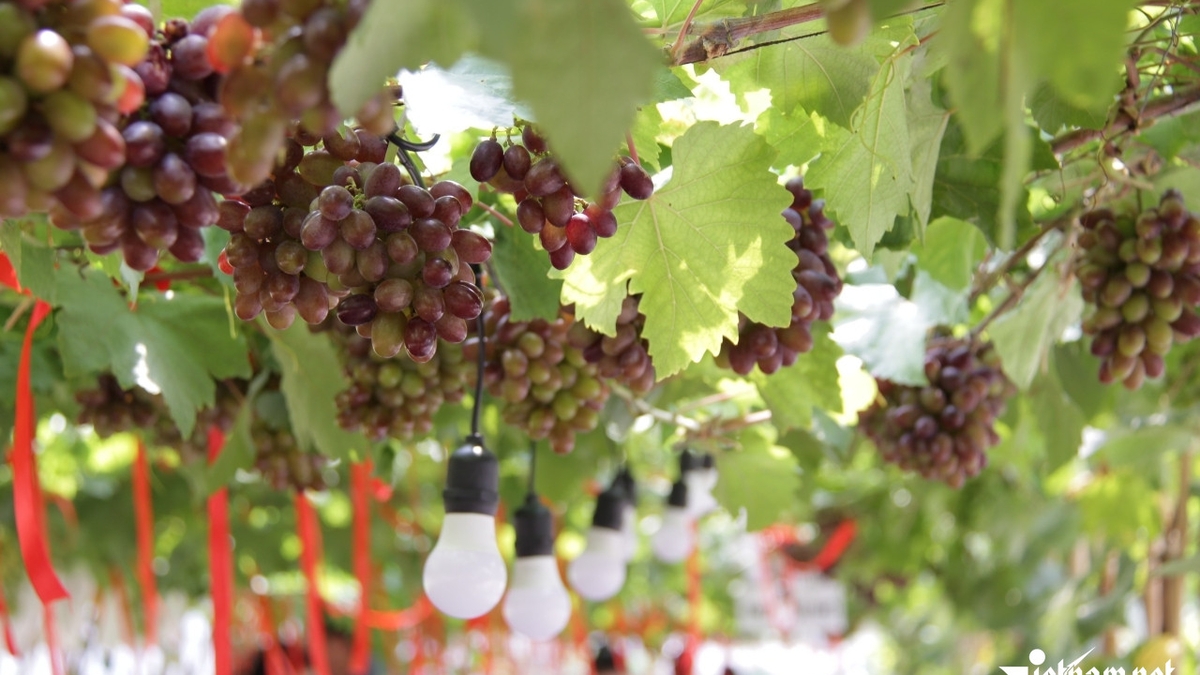
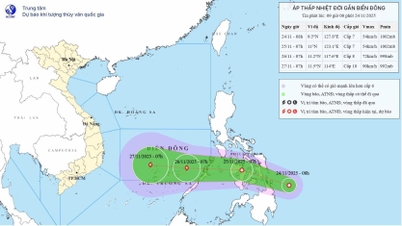



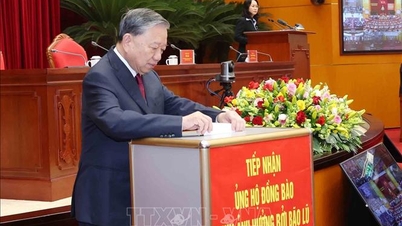



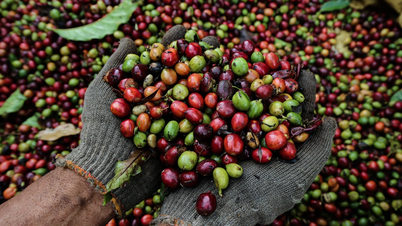




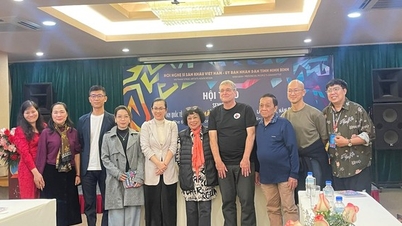
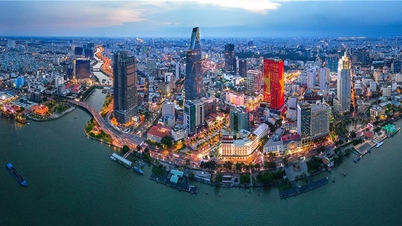

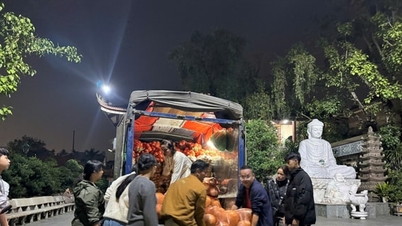

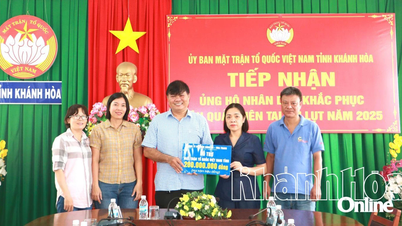

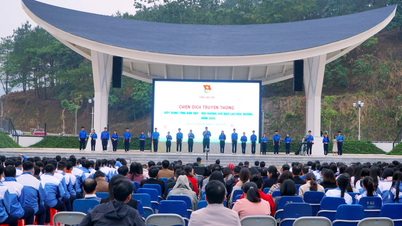

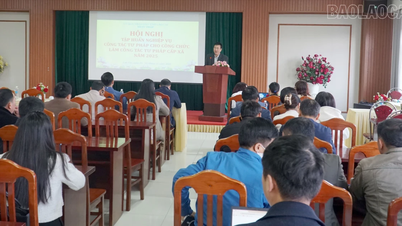
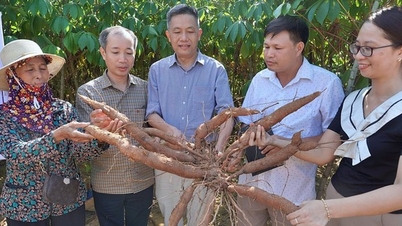


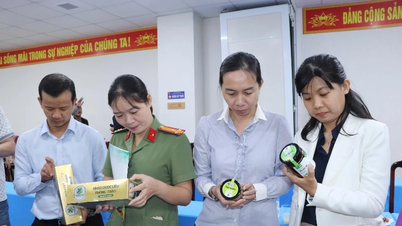
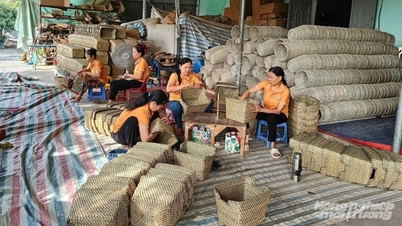

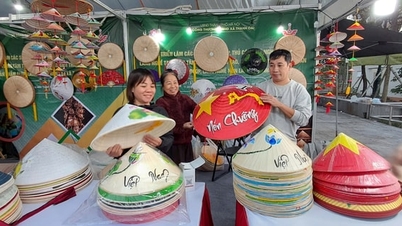
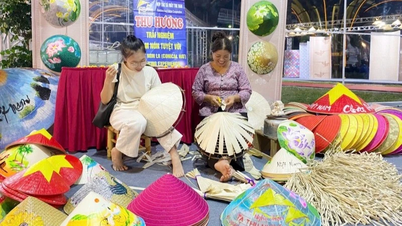

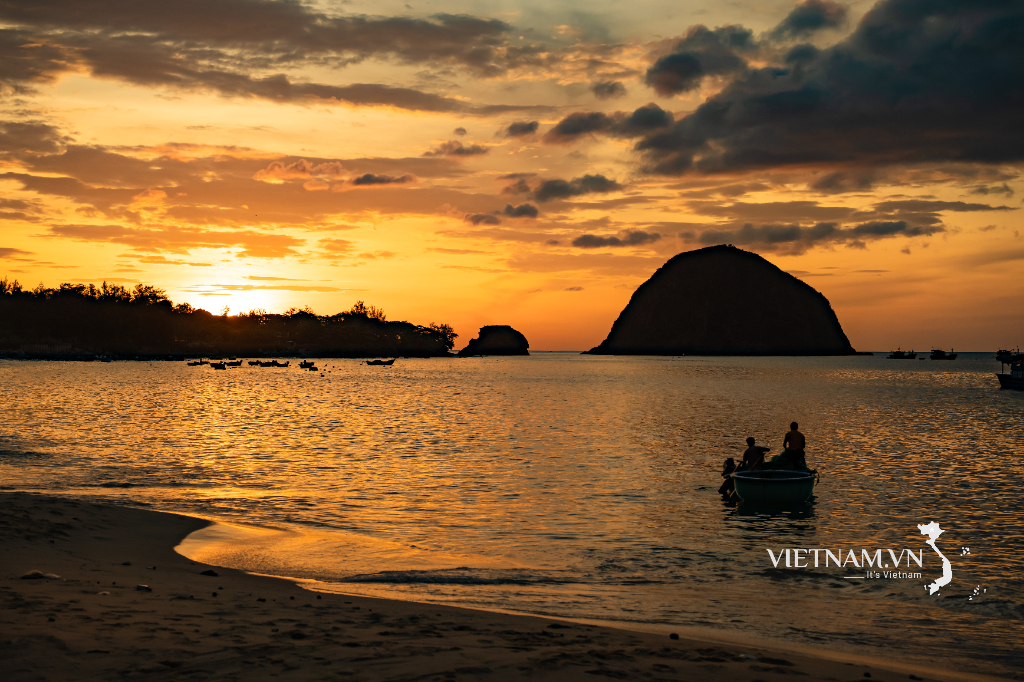

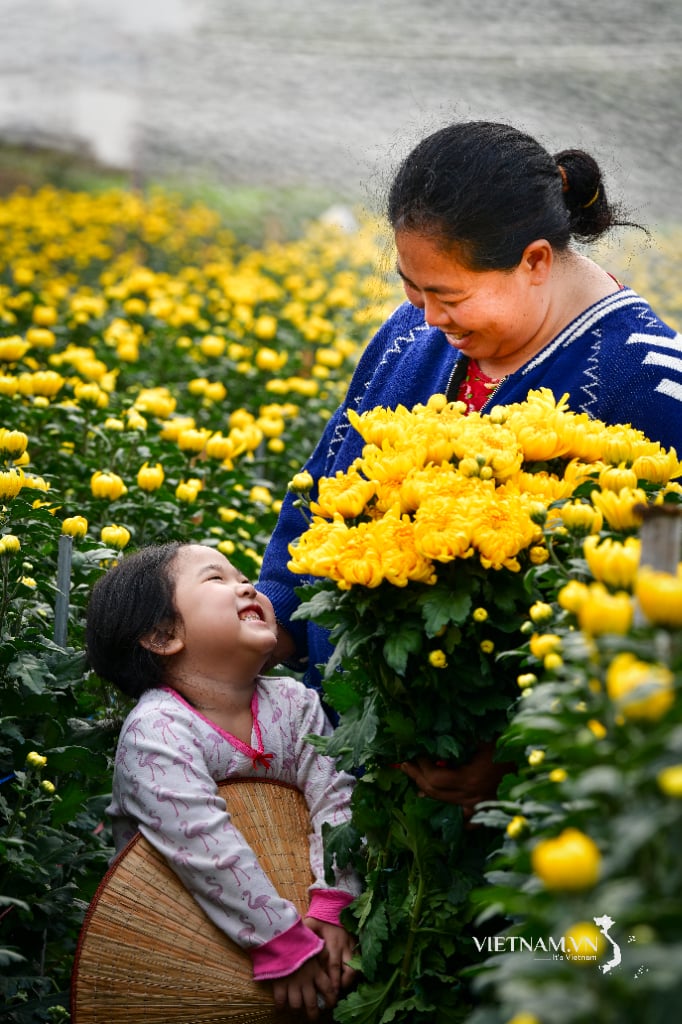
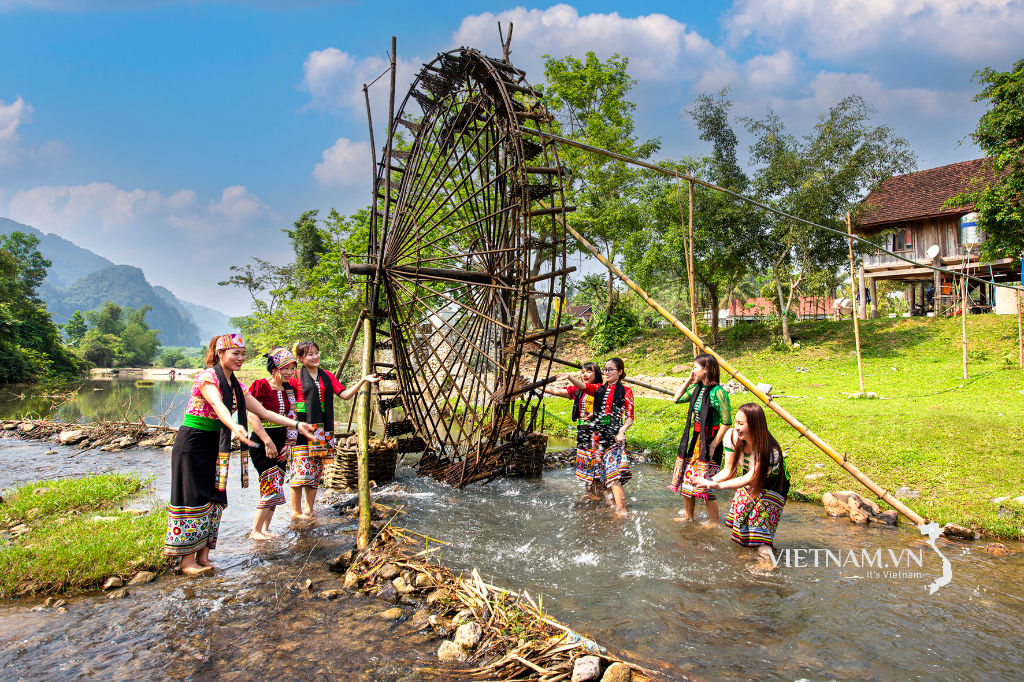
Comment (0)